About
Caravaggio was one of the most dynamic and influential artists of all time, famed for his dramatic lighting, powerful realism, and revolutionary approach to storytelling.
Running alongside our exhibition, 'The Last Caravaggio', this course examines the artist’s late work, as well as Caravaggio's impact on the art of his contemporaries and followers, both in Italy and further afield.
Week 1: Rebel on the run, Caravaggio’s last years
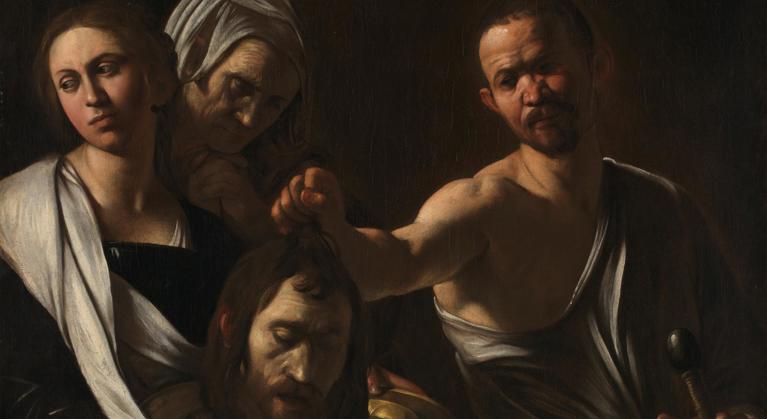
Caravaggio was a complex character despite his fame – determined and ambitious yet irascible and highly volatile. In 1606, his life was forever changed following a particularly violent and bloody brawl in which the artist, himself badly injured, killed Ranuccio Tomassoni with his sword.
This lecture will explore Caravaggio's meteoric rise to fame and dramatic fall from grace. We will examine the remarkable stylistic transformation that took place during the last four years of his life. In a period of restlessness and yet extraordinary creative activity, the artist was forced to leave Rome, realising that his own life was now on the line. This was the period in which Caravaggio painted 'The Martyrdom of Saint Ursula' (1610, Gallerie d’Italia, Naples), which is the focus of our free exhibition, ‘The Last Caravaggio’.
Week 2: Caravaggio and his legacy
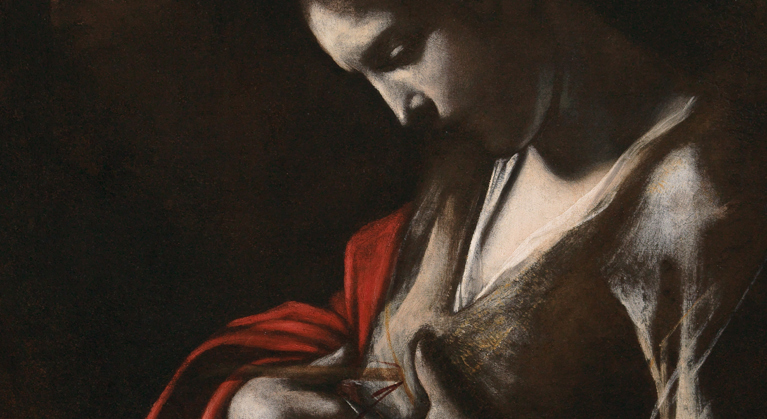
Unlike many notable artists of his day, Caravaggio had no students and no workshop. He never travelled abroad, other than a short stay in Malta, and most of his major commissions until 1606 were for churches or private collections in Rome. Other artists were unable to study his paintings unless they travelled to, or lived in, that city. However, news of Caravaggio travelled fast, and in the words of one of his biographers, 'the younger ones flocked to him and praised him alone as the only true imitator of nature, looking upon his works as miracles'.
This lecture discusses the careers of artists in Rome including Orazio and Artemisia Gentileschi, Gerrit van Honthorst, Giovanni Baglione, Bartolomeo Manfredi and Jusepe de Ribera, examining to what extent they absorbed and disseminated Caravaggio’s dramatic use of lighting and revolutionary approach to storytelling, and considers why they might have done so.
Week 3: The story of the missing Caravaggio
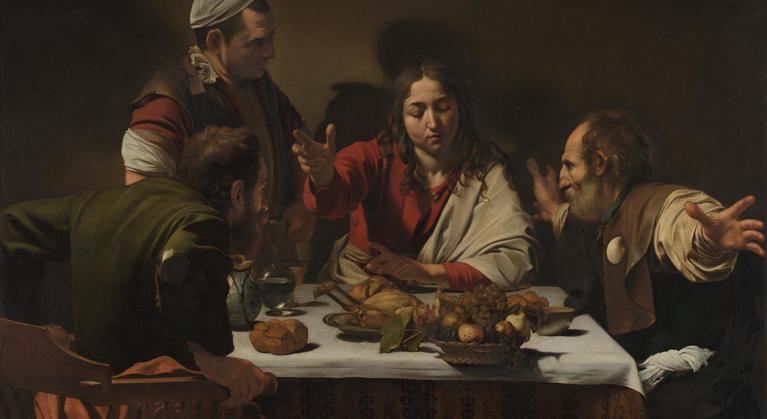
In our final week of the course, we examine the fascinating detective story leading to the rediscovery of Caravaggio’s 'Taking of Christ' (1602) in Dublin, for many years attributed to Gerrit van Honthorst.
The painting, which once hung alongside the National Gallery's 'The Supper at Emmaus' in the magnificent private collection of Ciriaco Mattei in Rome, was considered one of the great masterpieces of its day, but would disappear without trace for around 200 years. Thanks to a combination of brilliant detective work and good fortune, the painting re-emerged in 1990. We trace the fascinating trail of clues that led to its rediscovery.
Your tutor
Siân Walters is an art historian and the director of Art History in Focus. She studied at Selwyn College, University of Cambridge, and has been a lecturer at the National Gallery for over 20 years. Her specialist areas of research are Italian painting, Spanish art and architecture, Flemish and Dutch painting, and the relationship between dance and art. Siân also lectures for the Wallace Collection and The Arts Society and leads specialist art tours abroad. She was a lecturer at the University of Surrey for many years, and has lived and worked in France and Italy.
Watch again
Can't make Thursday afternoons but don't want to miss out? No problem, you can watch again.
'Caravaggio: Among the light and shadows' sessions are recorded and made available to you for one week.
A video of the week's lecture will be uploaded and available for you to watch via your National Gallery account on Friday afternoons, in time for the weekend. Just be sure to watch it by the following Friday lunchtime, as it will be taken down on Friday afternoons.
Format
Each session lasts for 1.5 hours.
Time will be allowed for questions and discussion via Q&A.
Handouts will be available via your National Gallery account on Wednesday mornings.
Optional homework is provided to help you prepare for the following week's session.
Booking information
This is an online ticketed course hosted on Zoom. Please book a ticket to access the course. Only one ticket can be booked per account.
You will be emailed an E-ticket with instructions on how to access the course via your National Gallery account. All course information including your Zoom link, weekly handouts, and recordings will be available here.
Your link will be valid for the duration of the course.
Booking after the course has started
You are welcome to join the module at any point during its three-week run. However, please note that you will only be able to see the recording from the previous session, as these are taken offline after one week.
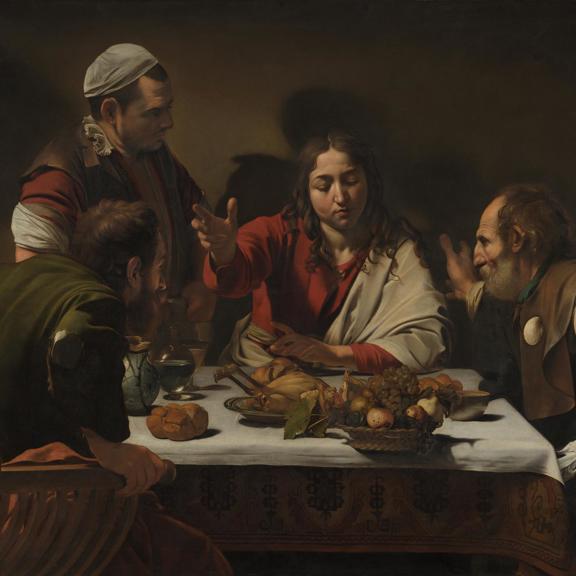

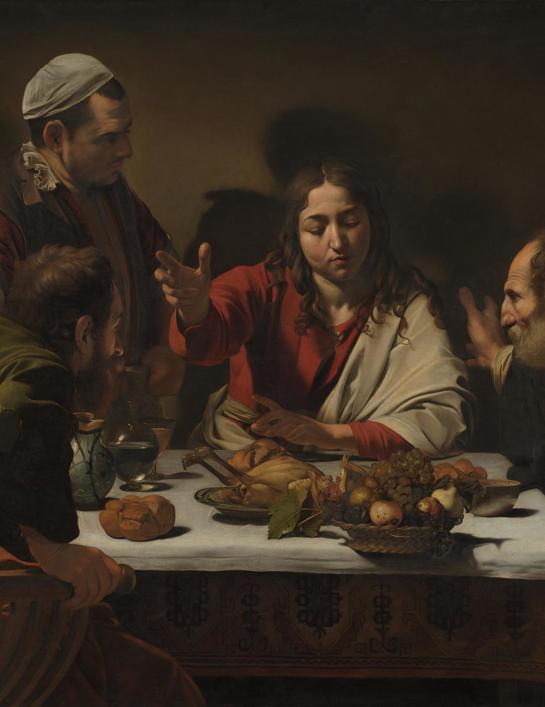
Caravaggio: Among the light and shadows
Online tickets
Standard: £37.50
Concessions: £35.25
This is an online talk, hosted on Zoom. Please book a ticket to access the event. Only one ticket can be booked per account.
You will be emailed an E-ticket with instructions on how to access your online events, films and resources via your National Gallery account.
Bookings close 10 minutes before the event.
Concessions are for full-time students, jobseekers, and disabled adults.
